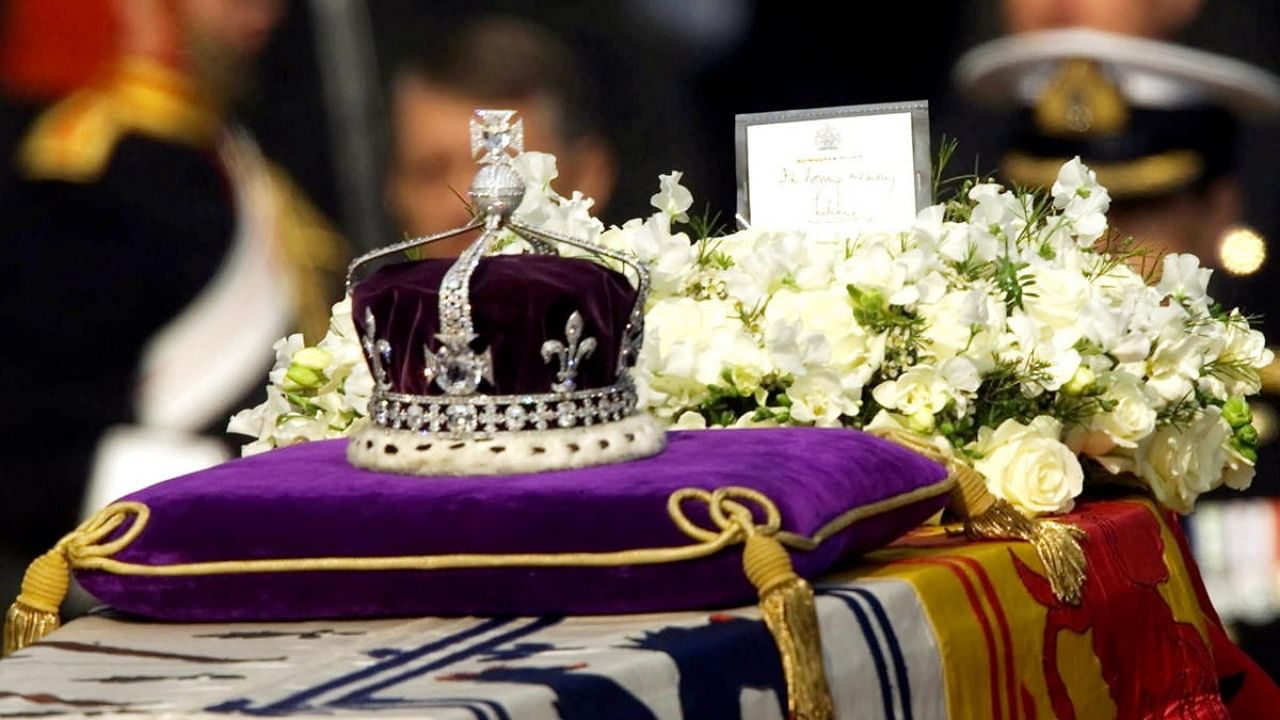
India indicated on Friday that it would continue to explore ways to gain the return of the Kohinoor, one of the largest diamonds in the world, from the United Kingdom.
The death of Queen Elizabeth II, Britain's longest-reigning monarch, reignited the demand in India to bring back the Kohinoor. "My understanding is that the Government of India responded to it in Parliament a few years ago," said Arindam Bagchi, Ministry of External Affairs spokesperson. "We have said that we have been raising this matter from time to time with the UK government and we will continue to explore ways and means for obtaining a satisfactory resolution of the matter."
The Kohinoor has a long and storied history in pre-partition India and the British Raj. It is said to have been mined in what is present-day Andhra Pradesh, while an account of Mughal Emperor Babur claimed that Allauddin Khilji stole it from the Indians in the 14th century. Eventually, the gem landed in the hands of Ranjit Singh in Lahore of present-day Pakistan. The diamond then continued to change hands and was eventually acquired by Queen Victoria in 1849, following the second Anglo-Sikh war, during which Punjab was brought under the East India Company. The diamond was taken by the British after the signing of the Last Treaty of Lahore.
Under the British Raj, the diamond underwent a major recutting as the original Kohinoor had failed to appeal to viewers in London, shaping it into the form that is known to everyone today.
As of 2022, multiple former territories of the British Raj - India, Pakistan and Afghanistan - have laid claim to the diamond. India first laid claim to it after independence in 1947 and multiple requests were made since then. All of them were rejected. In 2010, then-UK PM David Cameron rejected the notion of returning the Kohinoor, saying: "If you say yes to one, you suddenly find the British Museum would be empty. I am afraid to say that it is going to have to stay put."
Interestingly, Ranjit Kumar, India's Solicitor-General in 2016, told the Supreme Court that the diamond was voluntarily given by Ranjit Singh to the British in exchange for their help in the Sikh Wars. "It is not a stolen object," he said.
For their part, Pakistan equated the diamond's return with a "demonstration" of the end of colonisation, while the Taliban in Afghanistan in 2000 said that the diamond was taken from that country to India and thus, must be returned to them.